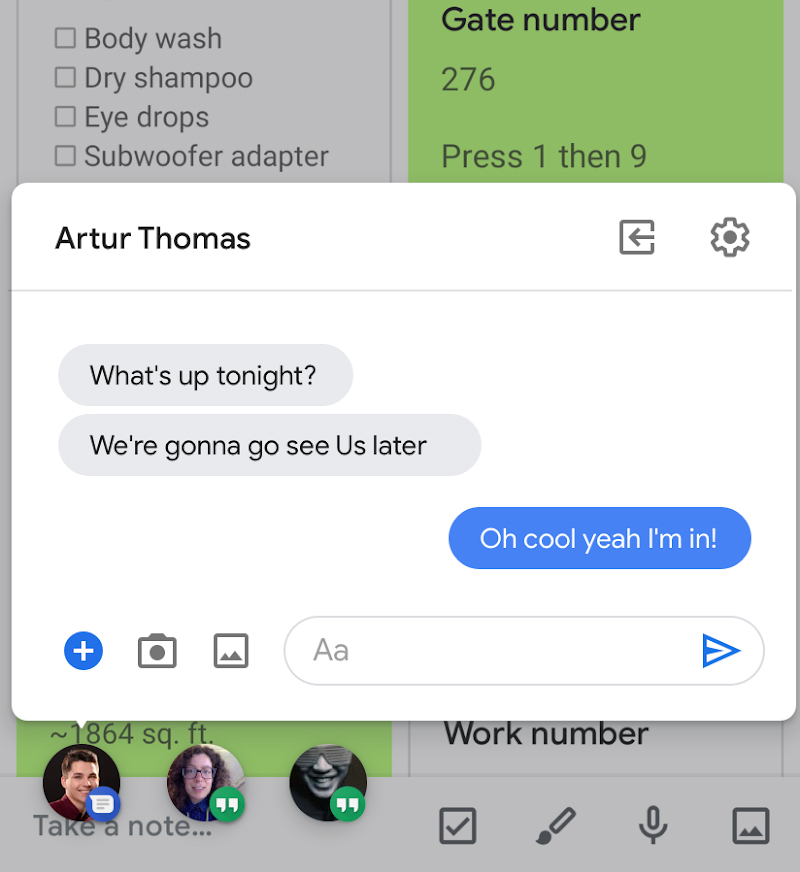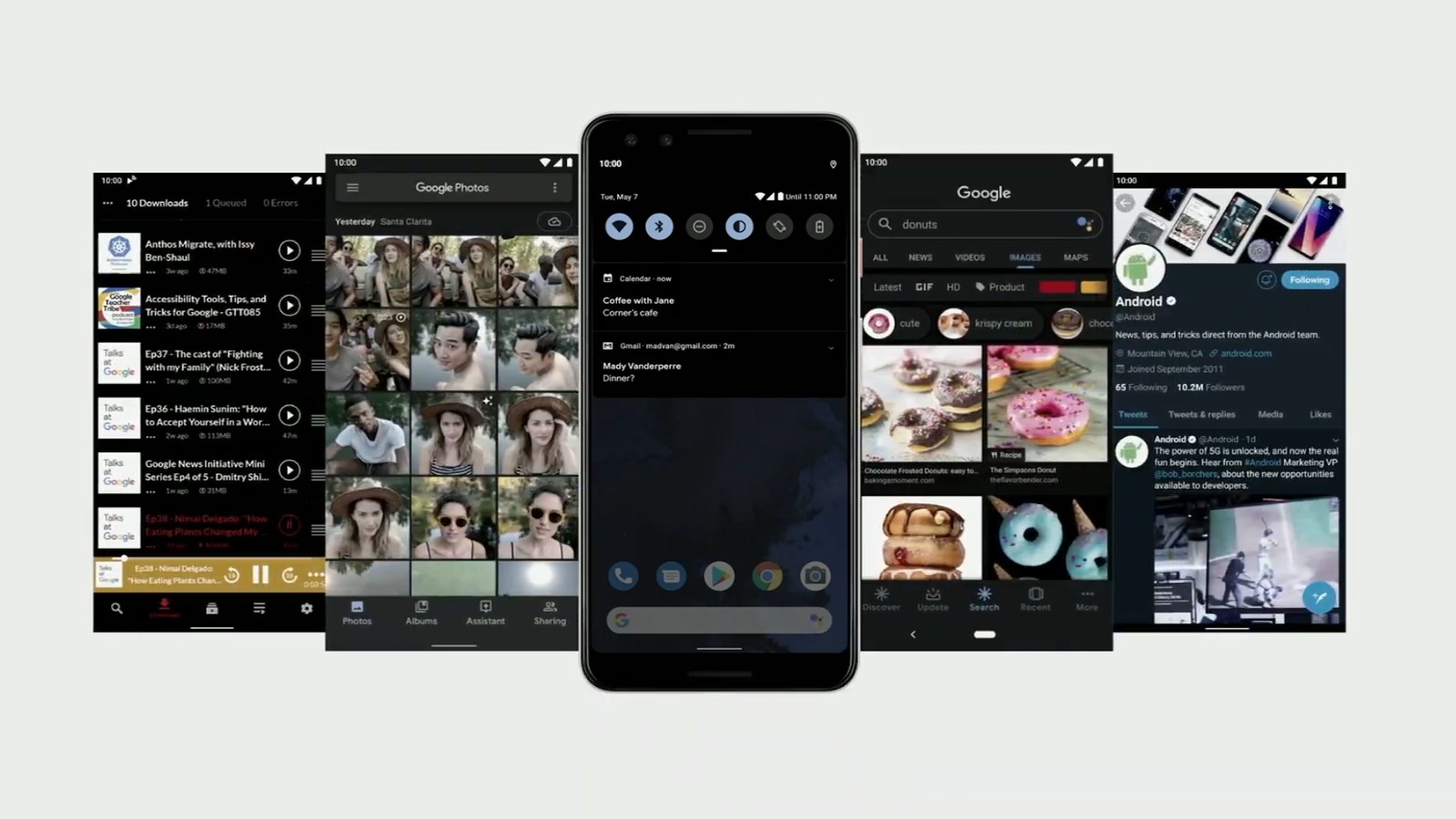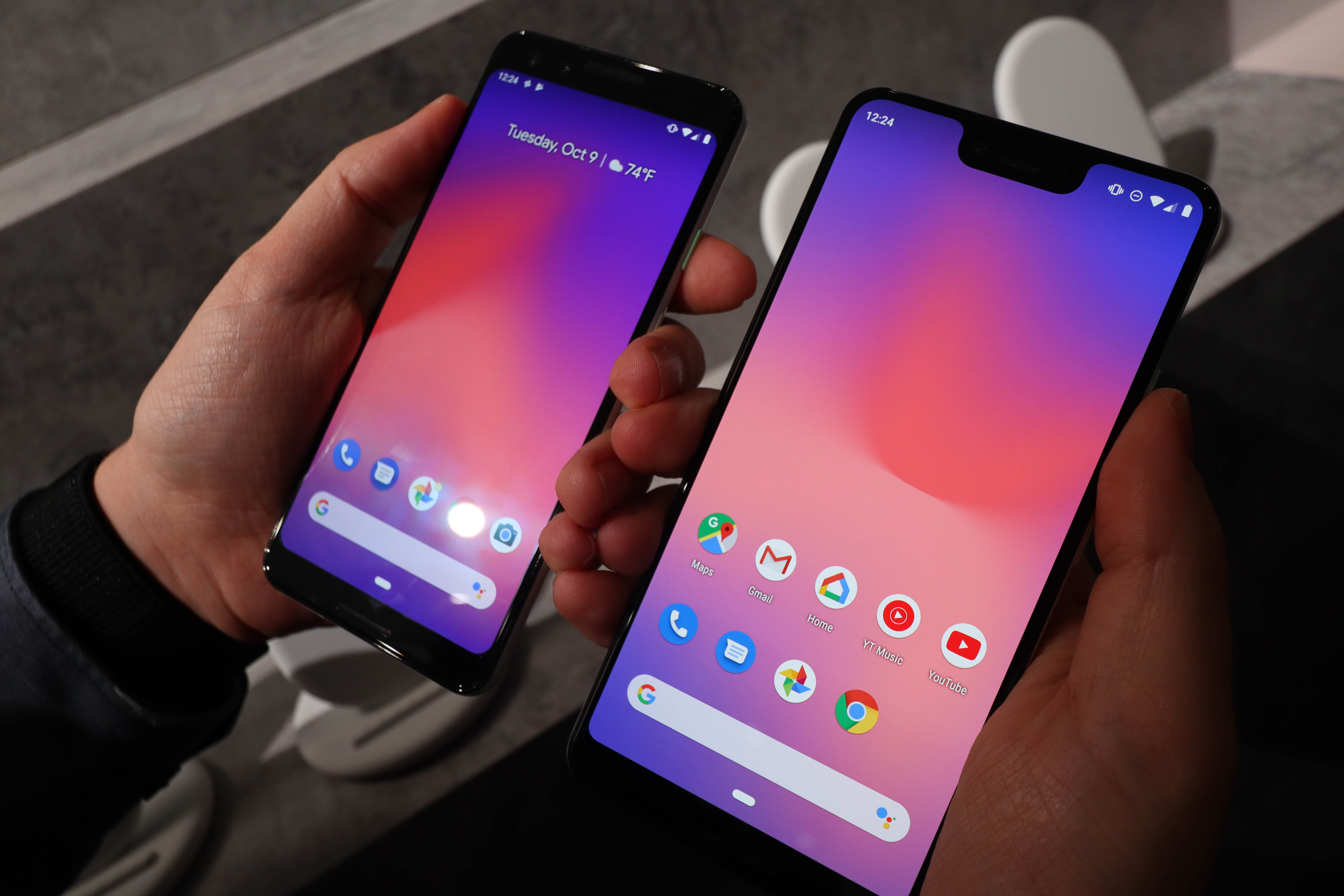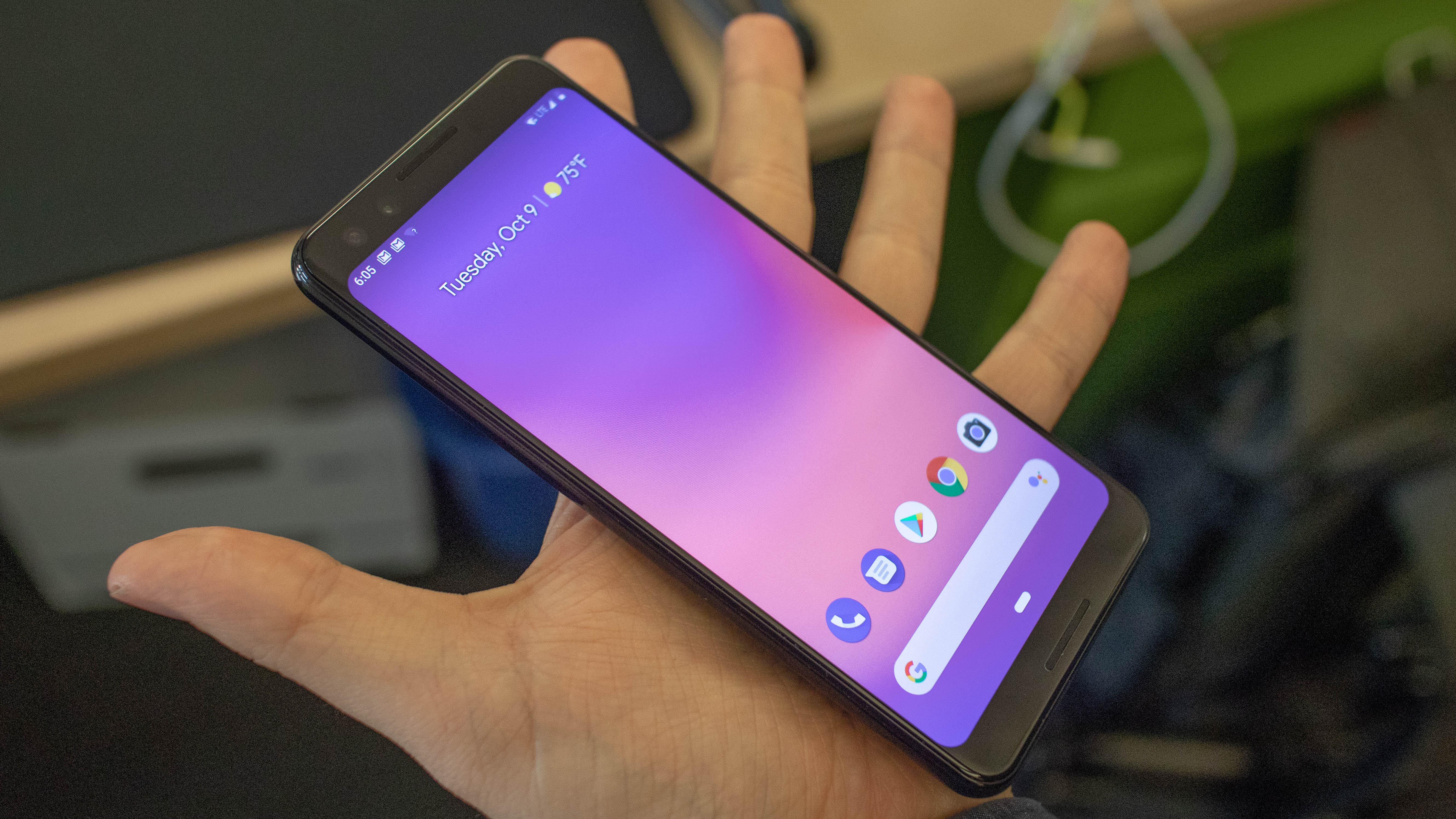
We got a lot of info about Android Q at Google IO 2019, and the keynote confirmed several rumors we’ve been hearing ahead of the operating system’s release date.
Yes, the Android Q update isn’t due out until August, but right now you can download and install Android Q beta 4 and enjoy a few minor tweaks from beta 3, mostly for dark mode, and bug fixes.
As this Android Developers Blog post points out, the beta 4 release includes the final Android Q APIs and official SDK before the full Android Q launch later in the summer. Exciting!
We know that Dark Theme, the long-awaited system-wide dark mode, is the biggest shift from Android Pie. We’re also seeing the Android 10 Q beta launch on non-Pixel phones.
What else is new with Android Q? We’ve got a working features list below, based on what we’ve tested in the ongoing beta and and saw at Google IO.
Cut to the chase
- What is Android Q? It’s the next version of Android
- When can you get Android Q beta? Download Android Q beta 3 now
- When will Android Q launch in full? Probably August
- How much will Android Q cost? It will (assumedly) be a free update
Android Q release date
- March 13: The first Android 10 developer beta has launched
- April 3: Android Q beta 2 gave us bugs fixes and app bubbles
- May 7: Android Q beta 3 launched at Google IO 2019
- Early June: The final incremental update, beta 4, should land in June
- July: Beta 5 and beta 6, release candidates, may land this month
- August: The final release has routinely happened in August
Google’s Android Q developer beta is already here – at least if you own one of 23 of the compatible Android Q beta phones, including all Pixel phones to the OnePlus 6T.
Even the Essential Phone got the update. We’ll have to see if the OnePlus 7 gets added to the Android Q list on May 14 when the phone will launch worldwide.
The Android 10 Q release date timeline (Image credit: Google)
Google has outlined six stages to its six-month-long beta process, including the initial release, three incremental updates, one update with final APIs and the official SDK, and then two release candidates. That’s all before the final version of Android 10.
Its monthly updates should give us an official Android Q release date in August, and historically, that’s when we’ve seen the final update launch in past Android versions. But that doesn’t mean every Android phone will have Android Q by August.
The roll out to other Android phones will happen throughout 2019 and even into 2020, as various manufacturers add their own features and interfaces to the operating system. There’s a chance you’ll have to wait months after the initial Android Q release before you see the OS update on your device.
Android Q: what’s new
We’re getting a better idea of the new Android Q features to come thanks to the beta of Google’s mobile operating system. Additional features and bug fixes have come with beta 3 and we expect the same from Android Q beta 4 in early June.
Some of the changes are confirmed, while others remain rumors. Here’s what you can expected ahead of the official Android Q release date in August.

Image Credit: TechRadar
Android Q won’t have Android Beam
One feature Android Q won’t have is Android Beam, the NFC peer-to-peer sharing method when two devices are nearby. Placing phones back-to-back will do nothing in the beta and final software, we confirmed at Google IO.
Will Google replace Android Beam with another peer-to-peer sharing method? That remains to be seen. We may have to wait until the final Android Q release date to see it, or maybe when the Google Pixel 4 launches (excepted in October).

Android Q beta 2 foldables emulator (Image credit: Google)
Foldable support
Android Q is preparing for foldable phones in 2019, or “foldables and innovative new screens,” according to the Android Developers Blog post.
The Samsung Galaxy Fold – while it was in our hands briefly – seamlessly switched between the folded and unfolded screen states. By Google natively supporting this type of UI continuity in the backend, it’ll likely come to more foldable phones when they launch with Android Q onboard.
For developers, Android Q beta 2 includes a ‘foldables emulator’ in Android Studio 3.5, according to Dave Burke, Google’s VP of Engineering.

Android Q ‘bubbles’ multitasking
You’ve seen the bubbles UI before if you’ve used Facebook Messenger chat heads. It’s an easy way to keep active conversations on-screen as small floating profile pics, while going about your normal tasks in the rest of the interface. You can tap the pic when you want to switch back to the conversation.
Google is supporting this idea throughout Android Q and calling it a new way to multitask. So far, its examples are coming to Messages and Hangouts. But Google is reducing development time, interactivity consistency, and user privacy safeguards, so expect to see it in additional apps outside of Google’s ecosystem.

Dark Theme, the system-wide dark mode
There’s a system-wide dark mode coming to Android Q and it’s called Dark Theme. We’ve tested in out at Google IO and it works as intended, but needs to roll out to more of the menus. So far it’s limited to the settings menu. It’s very early.
You’ll be able to trigger Dark Theme in two different ways, and both are in the notification shade. The first way is with a dedication Dark Theme quick settings button that switches between the default Light Theme and new Dark Theme.
The second way is to turn on a Battery Saver mode, which automatically turns on Android Q Dark Theme. This is a boon for phones with OLED screens, which will burn fewer pixels by essentially turning off pixels in regions of the display that are intentionally black.

New Android Q privacy features
The Android Developer Blog post announcing the developer beta confirmed a heavy emphasis on boosting privacy in Android Q, a focus that was reaffirmed in the Google IO 2019 keynote.
Users will have more control over app access to location info, shared files and repositories like Photos and Videos. Another helpful change: instead of apps automatically switching focus when they have an Activity in the background (like an alarm or call), appmakers can opt to send high-priority notifications first.
Android Q beta 3 also introduced a new feature – Scoped Storage – which allows users to control how apps access external storage (say, in a MicroSD card). It will also better protect users from being identified by restricting access to non-resettable device identifiers, like your phone’s serial number and/or IMEI, and randomizing its MAC address when connected to different Wi-Fi networks.
These might be some of the most onerous changes for developers in Android Q, which is why, as the Android Developers Blog post reads: “We are bringing these changes to you early, so you can have as much time as possible to prepare.”
Project Mainline: security updates in the background
Another new endeavor announced at Google IO 2019 is Project Mainline, which enables Android devs to update critical parts of Android (so-called ‘modules’) without a full software package – and critically, without a full update from OEMs.
These surgical upgrades download in the background from Google Play and load them up whenever the phone next reboots. They will mainly be used to improve privacy and security, though the Android Developers Blog post also mentions game developers will use it to update modules for consistent platform implementation.
All devices that can run Android Q will be able to get Project Mainline.
5G
Android Q has some particular tricks up its sleeve for 5G. New APIs will enable apps to detect user connection rate and latency, as well as detect if the connection is metered.
This will give developers more refined control over how much data to send to users, especially when they have poorer connections or have data-downloading limits.
Live Caption, and more
One of several accessibility features announced at Google IO 2019, Live Caption does what it says on the tin – captioning video and audio in real-time. The feature doesn’t require an internet connection, transcribing text from the device’s own speech recognition and NLP.
On the Google IO 2019 stage, we saw Live Caption used in combination with Live Transcribe to input incoming audio to text, then have a user text a response which was spoken. In the demonstration, the combo – called Live Relay – allows a texting user to interact on a phone call without ever speaking a word.
The last accessibility feature coming to Android Q is Project Euphonia, which aims to improve Android’s verbal recognition to better process words spoken by users with speech impediments.
Developer tools for apps: system settings, connectivity, media and more
Developers will be able to show contextually-important system settings within their apps, which harnesses the ‘Slices’ feature that came in Android 9 Pie. So instead of having to navigate to Settings to switch on Airplane Mode or toggle Wi-Fi or Mobile Data on/off, say, you’ll be able to do that right within your mobile browser.
There are also tweaks to connectivity, including ‘adaptive Wi-Fi’ that enables high performance/low latency modes, which would be useful for things like online gaming or voice calls.
Like all the depth and blur in Pixel camera software? In Android Q, apps can request depth data (JPEG + XMP metadata + depth and confidence map) to, say, offer “specialized blurs and bokeh options in your app,” as the Android post suggests. “You can even use the data to create 3D images or support AR photography use-cases in the future.”
Android Q will also support more multimedia codecs: AV1 to let media providers stream high-quality video, Opus for audio encoding, and HDR10+ for high dynamic range video “on devices that support it” – like, say, the Samsung Galaxy S10 family.
As for gaming, the Android Q beta enhances support for OpenGL along with bug fixes and more functionality.
More permissions to preserve privacy
Android Q will revamp permissions, from the general to specific, and we’ve heard that users will be able to better view what info they’ve shared.
Here’s what we don’t know for sure, but have heard about: per the aforementioned XDA Developers leak, users will be able to look at a broad overview of which apps they’ve given permission for certain things, like location or microphone access. There’s a search function that lets you filter by permission item, allowing you to quickly see which apps you’ve given access to your camera, contacts, location and so on.
You can also look at permissions each app has been granted and toggle them individually to set whether access is off, on, or only on while the app is open.

Developer tools
There are plenty of new developer tools described by the XDA leak, but it’s not clear how all of them will function.
Freeform windows return, which lets you enable them after pressing and holding an app icon in the recent apps overview. On the other hand, XDA also found a feature called “Game Updates Package Preference” whose purpose is a bit of a mystery. Another, titled “force desktop mode,” seems like it would push Android to an external display, Samsung DeX-style.
Not all of the UI is finished, either, making some features – like screen recording – not totally comprehensible.
Face ID-style authentication for logins and purchases
Another dive into the developer build XDA Developers acquired revealed the OS might get a feature iOS users have bragged about for awhile: Face ID. The next version of Android might support phones packing the hardware to use facial scans for authentication.
It’s unclear just how it will work, or if it would combine sensor readings for a comprehensive scan of facial features. But we did get hints via error codes in one of the OS’ APK, which variably tell the user to move the phone in different directions for the device to get a better look at their face.
Other strings of code found by XDA are also promising, like one that blatantly informs users they can “Use your face to unlock your phone, authorize purchases, or sign in to apps.”
Whether phones will be able to use Face ID is another story: they need to have the hardware installed – whether that’s sensors or the right specs – for the feature to work.

Goodbye back button, hello (only to) gesture controls
While recent Android phones from different brands have tried to push their own gesture controls for years, the OS has always kept its static three-button navigation as an option. Those days might be at an end as that XDA preview build showed only gesture controls, per Tom’s Guide.
From the looks of it, users may only be able to use the navigation system present in the Google Pixel 3: a small pill at the bottom of the screen that you can swipe in the cardinal directions to get around.
It’s key to note that Android allows brands to develop their own navigation methods and systems to go along with their overlays, so it’s very unlikely that this will be the only way to navigate. This build is also a bit out of date, so who knows if something as integral as OS movement would be finalized that far out.
Anything else?
There were a couple other additional Android 10 odds and ends from that XDA leak, including a pair of new accessibility settings.
Both apply to how long notification messages stay up, and seemingly apply to different kinds of notifications. The first are for “messages that ask you to take action,” while the other apparently refers to notifications that pop up with simple reminders. You can toggle these to stay up between 30 seconds and 2 minutes.
We’re also seeing official support for HDR10+. A few phones this year, including the Samsung Galaxy S10 series, support the codec, and expect that trend to continue as Android Q launches on new devices.
That’s all we’ve seen for now, but new details will surely come up in the coming beta versions, at Google IO 2019 in May and from any leaks in between.
Source: techradar.com









































